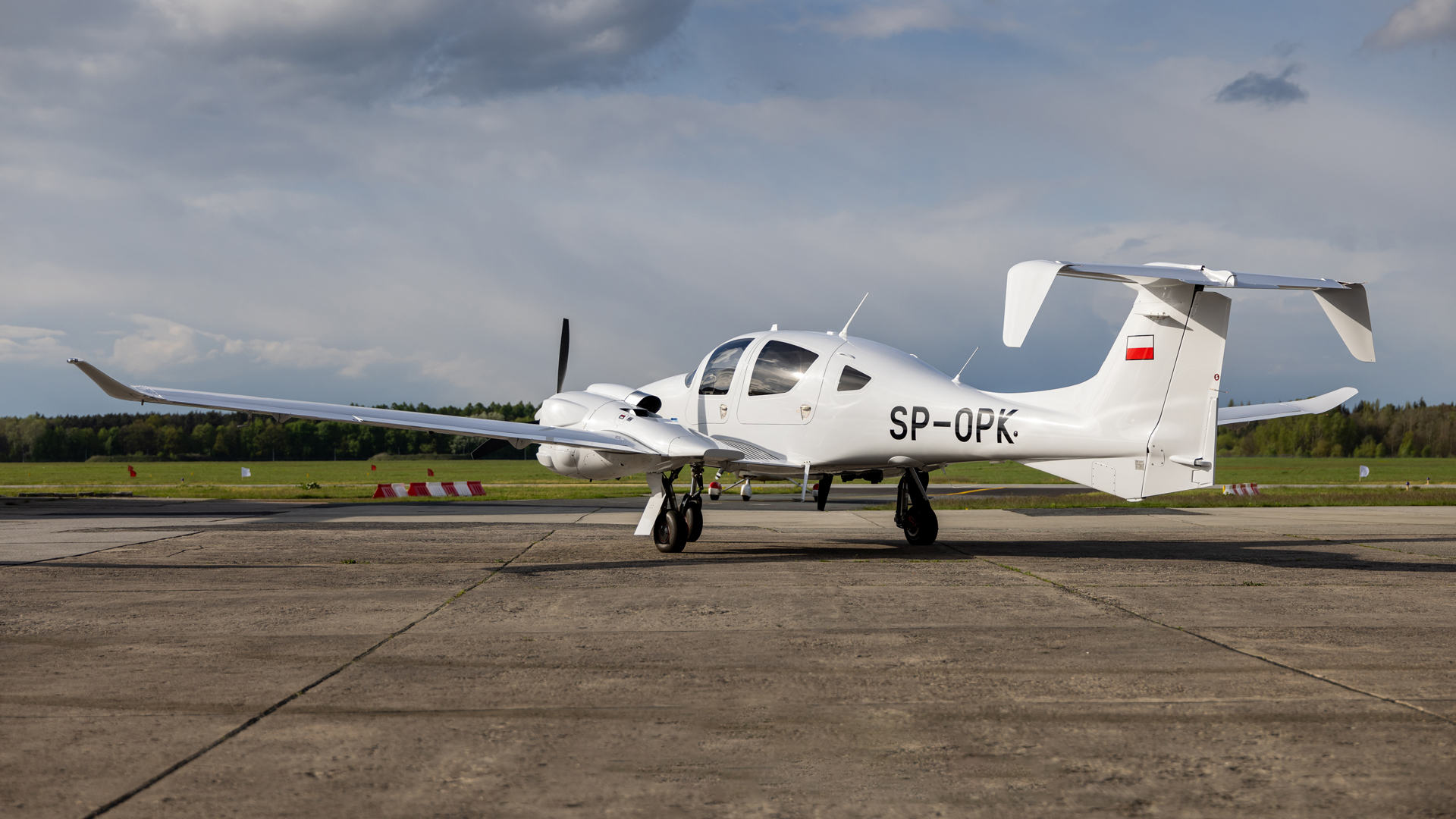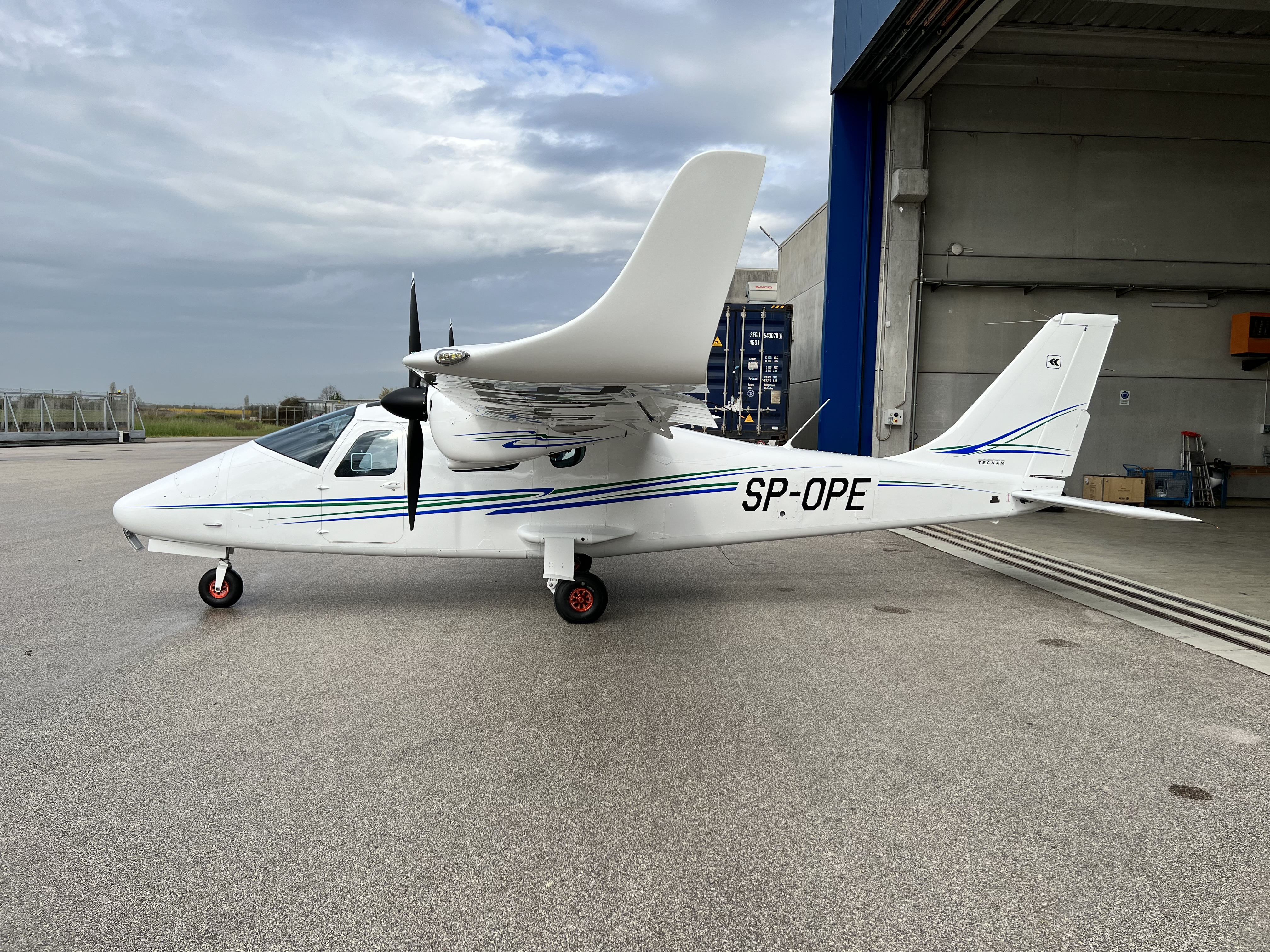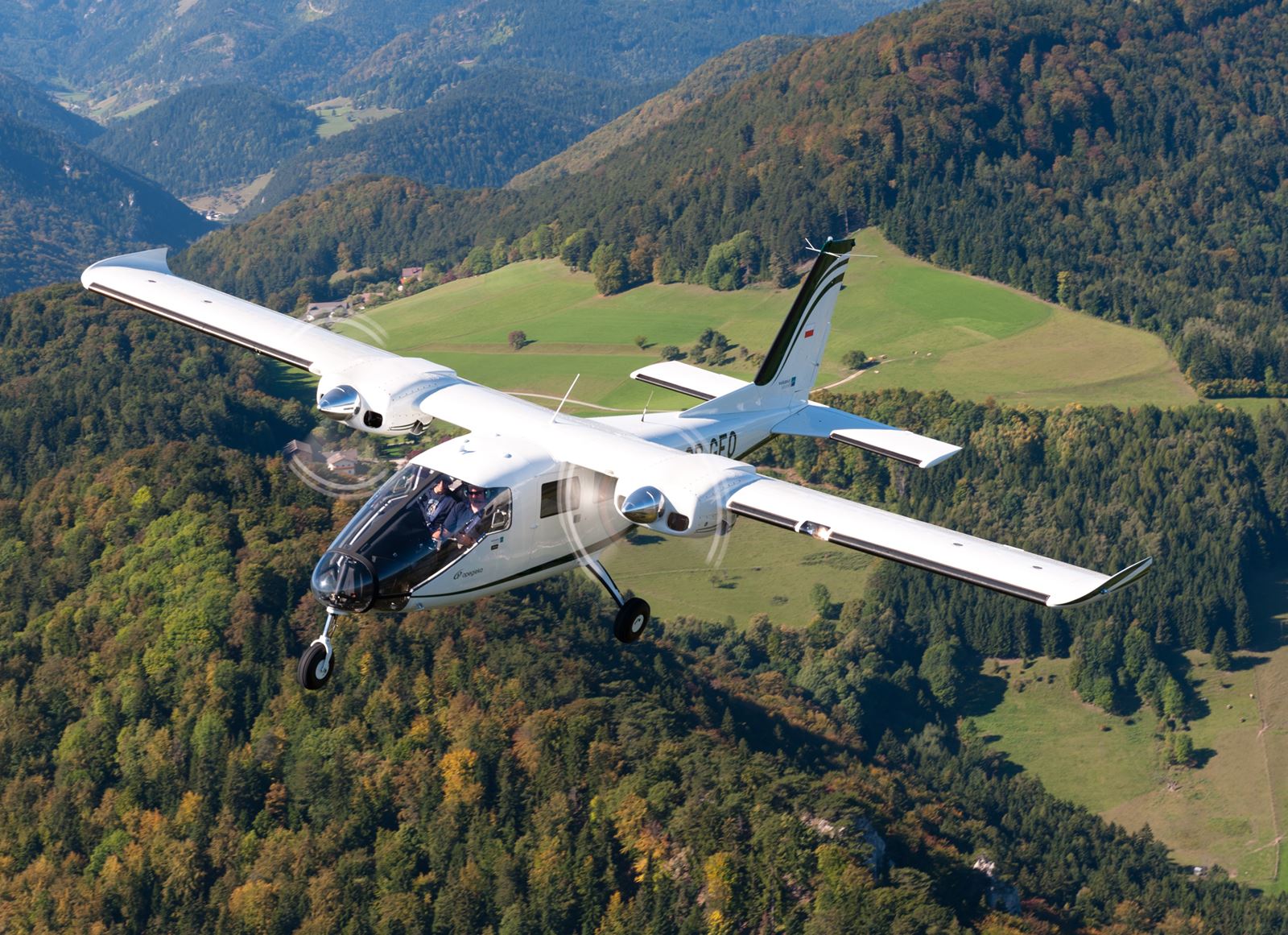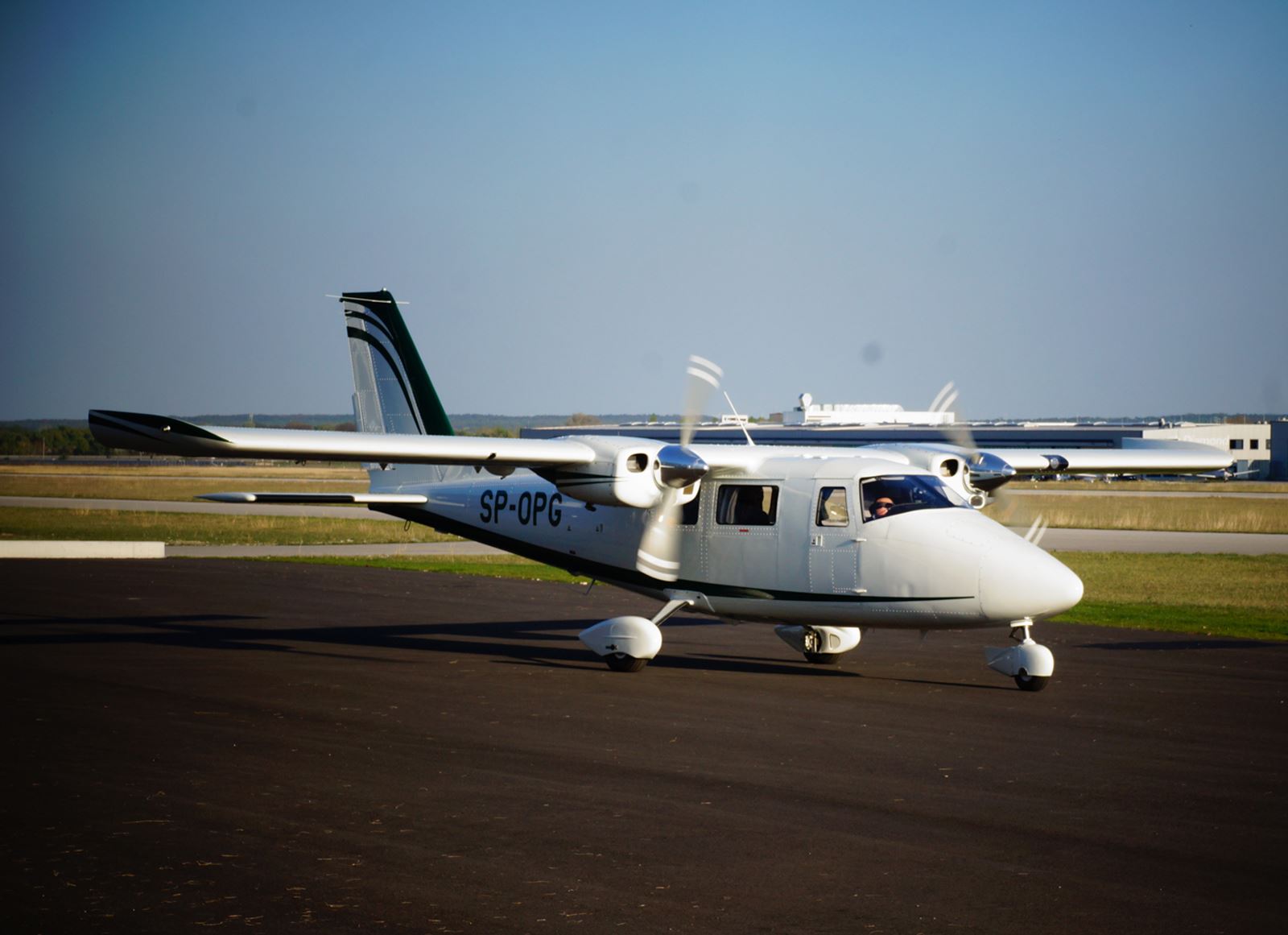The Diamond DA62 MPP represents the cutting edge of our aerial survey fleet, purpose-built for photogrammetric missions. This specialized aircraft features an extended nose for advanced sensors and exceptional stability essential for accurate data acquisition. Powered by twin Austro Engine AE330s with upward-facing exhausts to prevent imagery interference, the DA62 MPP delivers remarkable efficiency with up to 8 hours of operation. Equipped with the Leica CityMapper S2 system and real-time AI analysis, this platform enables us to deliver unparalleled mapping precision while operating efficiently on JET-A1 fuel across diverse European locations.











